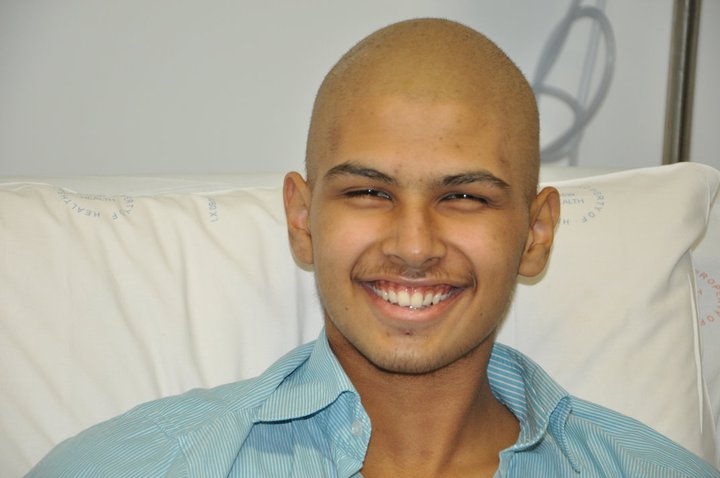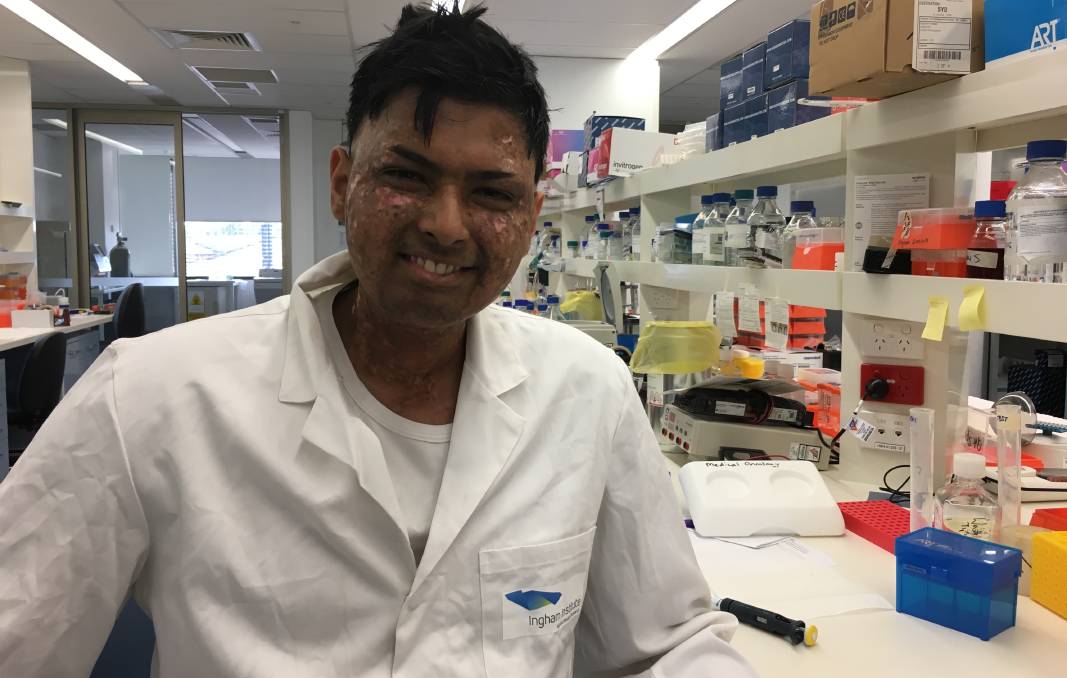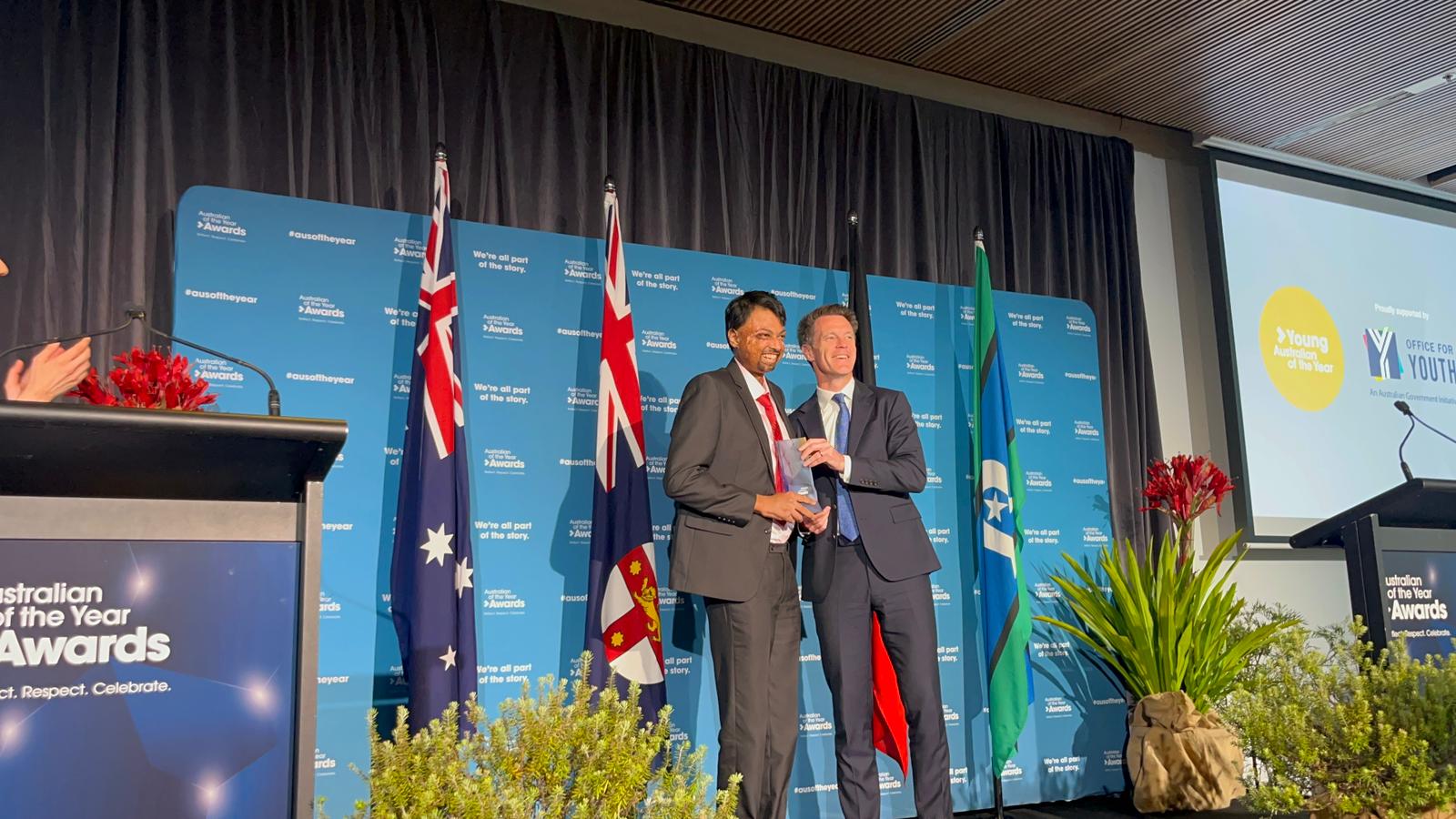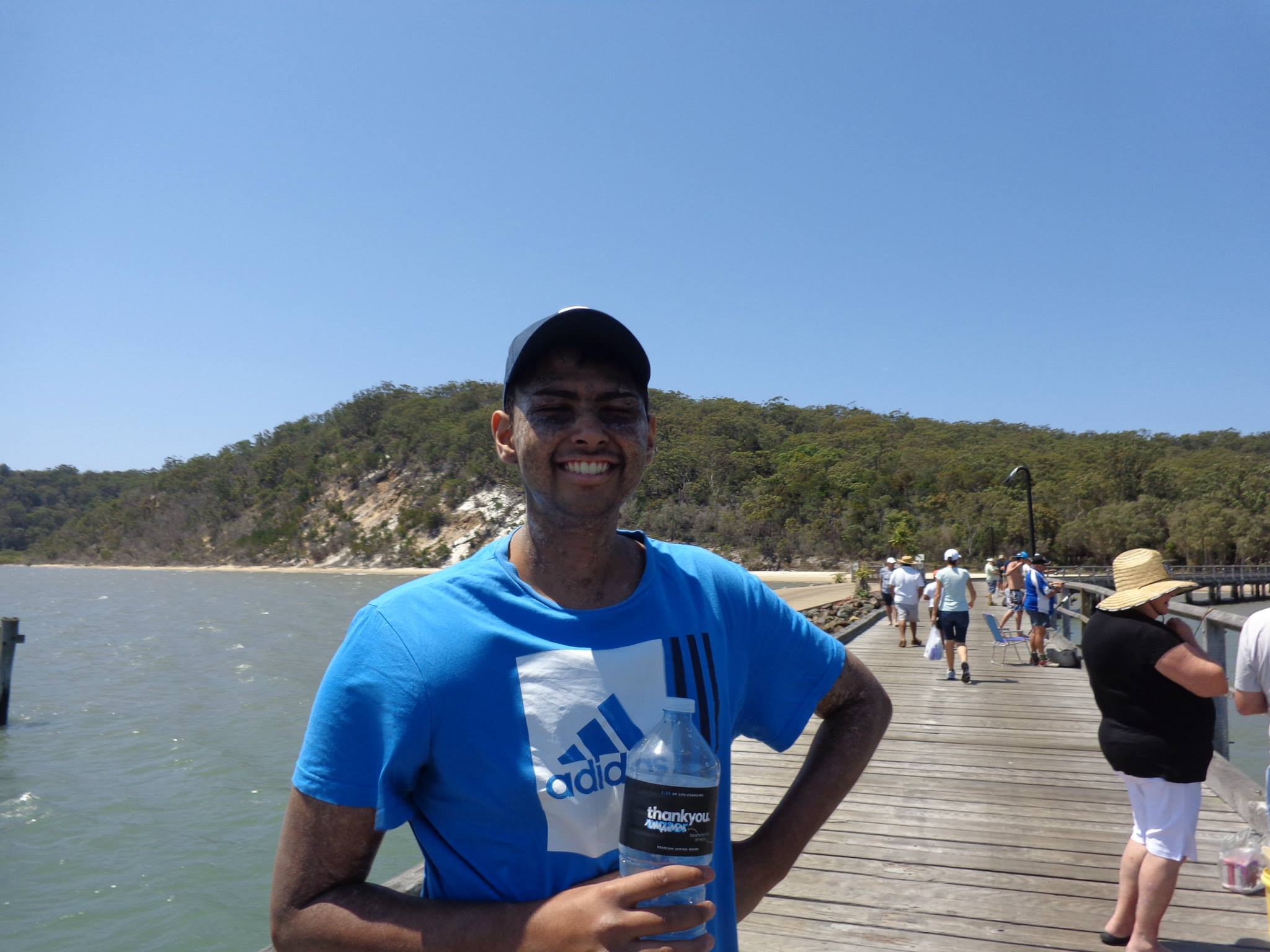Bone Marrow Transplants are scary. And they’re a unique procedure whose impacts can last longer than many regular organ transplants. But they also save lives. I’ve had 2 myself. Both were allogeneic transplants, the focus of this blog post, which is where you receive your cells from a donor. I’m a medical student and tumor vaccine researcher, but I wrote this out to outline the process for a fellow patient recently – so it’s in plain English – and it’s also more patient focused. I found, personally, that a fellow patients’ words just\u00a0stuck<\/em> more. So I thought I’d share it with you.\u00a0This isn’t medical advice, and every patient is different – so\u00a0ASK YOUR DOCTORS ABOUT YOU!\u00a0<\/strong><\/span>B<\/span>ut it’s hopefully a mixture of reliable information + experience. I hope it helps. Feel free to reach out (there’s a contact button on the website – or messsage me on my Facebook page where I’m most active<\/a>\u00a0– or Instagram<\/a>).<\/p>\n And sign up to my email list<\/a> (I don’t post often, but you’ll be notified when I do this way!).<\/p>\n The bone marrow transplant procedure, in a nutshell, is basically getting someone else’s blood stem cells (haematopoiec stem cells is the technical name), located in their marrow, and infusing it into you, so it settles. They aim to get someone else’s immune cells in you, to kill off your cancer (your immune cells are made by your blood stem cells). And the major side effect, other than the dangerous infections you can get during the procedure and in the first 30 days due to, largely, chemo, is graft versus host disease, which can last a long time in others (but in small doses, is actually a good sign the process is working).<\/p>\n How it works for the donor – it’s taken peripherally from the arm, after getting a medicine which makes those stem cells enter your circulating blood for a few weeks (click here to learn about that)<\/a>.<\/p>\n On the recipient’s end, you receive it through an infusion into your veins, in most all cases. It eventually finds it way into your marrow and starts producing your donor’s blood cells (including white, immune cells), after a few weeks (it took 3 weeks for mine to engraft on both occasions, but it can vary).<\/p>\n \u00a0Bone Marrow Transplants<\/h1>\n
{"id":1574,"date":"2021-05-03T10:03:36","date_gmt":"2021-05-03T10:03:36","guid":{"rendered":"https:\/\/nikhilautar.com\/?p=1574"},"modified":"2021-05-03T11:12:49","modified_gmt":"2021-05-03T11:12:49","slug":"bonemarrowtransplants","status":"publish","type":"post","link":"https:\/\/nikhilautar.com\/bonemarrowtransplants\/","title":{"rendered":"Bone Marrow Transplants – The ENTIRE Process. How They Work. A Patient Guide and Story."},"content":{"rendered":"



